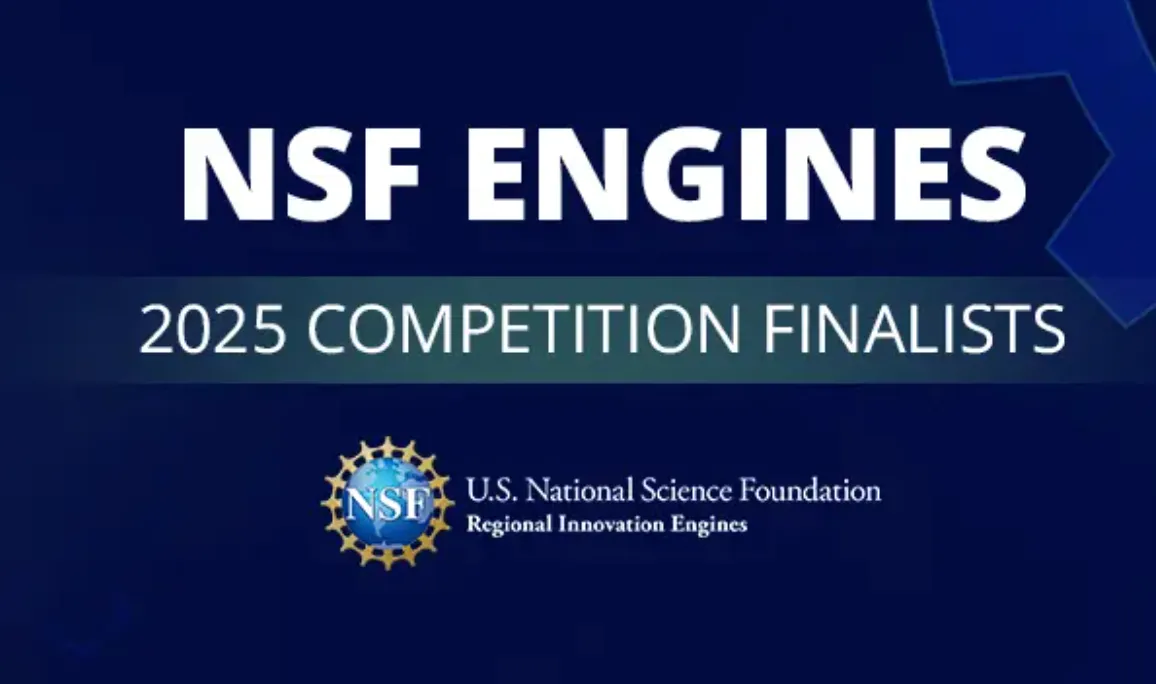QuantumCT, a proposal led by the University of Connecticut (UConn) and Yale, was named one of 15 finalists in the National Science Foundation’s Engine program for Advancing Quantum Technologies. The selection adds fresh momentum to U.S. quantum efforts and possibly opens doors for future collaboration with European partners. (Yale News)
What Is QuantumCT?
QuantumCT aims to establish a Quantum Research & Innovation Hub, concentrating on quantum communication, networking, and hardware innovation. If funded, the hub would support new testbeds, labs, and cross-institutional research efforts to build infrastructure for quantum research. Importantly, its goals include strengthening workforce training and creating translational tools so research results can move toward practical applications.
Why Being an NSF Engine Finalist Matters
The NSF Engine program doesn’t just hand out grants it picks proposals with potential to build broad, sustainable innovation ecosystems. Being a finalist means QuantumCT has cleared tough peer review and has a viable path to secure large-scale funding. Finalists often get access to additional support and exposure, even before full funding is locked in. It signifies trust in QuantumCT’s vision and could attract other investors or partners.
EU Watching Closely
Quantum research has been a priority in the EU too. The European Commission recently unveiled a strategy to reinforce research and technology infrastructures expanding AI/digital capacities, simplifying access for researchers, reforming governance, and boosting international resilience. (Innovation News Network)
Potential for U.S.-EU Synergies
With both sides pushing hard on quantum, there’s room to coordinate. Shared testbeds, interoperability standards (for quantum communication and cryptography), and researcher exchange could accelerate discoveries. The U.S. has infrastructure advantages, while the EU brings strong regulatory frameworks and deep investments in quality and European Research Area (ERA). If QuantumCT succeeds in becoming a hub, it may well become a natural partner in transatlantic efforts.
Challenges Ahead
Quantum is still frontier science. Building reliable quantum networks and hardware is difficult noise, error correction, and scalability remain big technical hurdles. Funding timelines are long. Researchers also warn that hype (overpromising) could lead to disillusionment. On the policy side, intellectual property rules, export controls, and fragmented regulatory regimes risk slowing down collaboration. Finally, workforce development is often an afterthought but critical if labs are to scale.
What to Watch Next
Here are markers that will indicate whether QuantumCT and broader quantum efforts are succeeding:
- Whether QuantumCT secures full Engine funding and what amount.
- Release of specific pilot projects e.g. quantum communication lines, testbeds, or early hardware prototypes.
- Partnerships or agreements with EU institutions or labs to align on standards and shared facilities.
- Workforce programs: number of students trained, talent retention, and recruitment.
- Regulatory moves in quantum cryptography and communication both sides of the Atlantic.
Why This Matters Beyond Labs
Quantum technologies could underpin future secure communications, weather modeling, financial systems, and more. A strong innovation hub means the U.S. can retain leadership in strategic technologies. For Europe, partnerships like this help ensure competitiveness, shorter timelines, and perhaps bridging gaps between policy and deployment. It’s also about economic opportunity: quantum hardware, software, and services will become big markets. Nodes of research and innovation like QuantumCT are where tomorrow’s quantum ecosystem gets built.
My Take
I believe QuantumCT’s finalist status is more than prestige it’s a signal that quantum is shifting from exotic to essential. If the hub gets funded and connected internationally, it could help the U.S. catch up or lead in areas like quantum internet, secure comms, and quantum sensing. But the real test will be consistency: steady funding, good governance, and avoiding overhyped promises. For everyday researchers and citizens, what matters is whether these initiatives deliver real tools, not just speeches. If they do, we’re looking at a leap forward in how research becomes innovation—not tomorrow, but in the near future.







